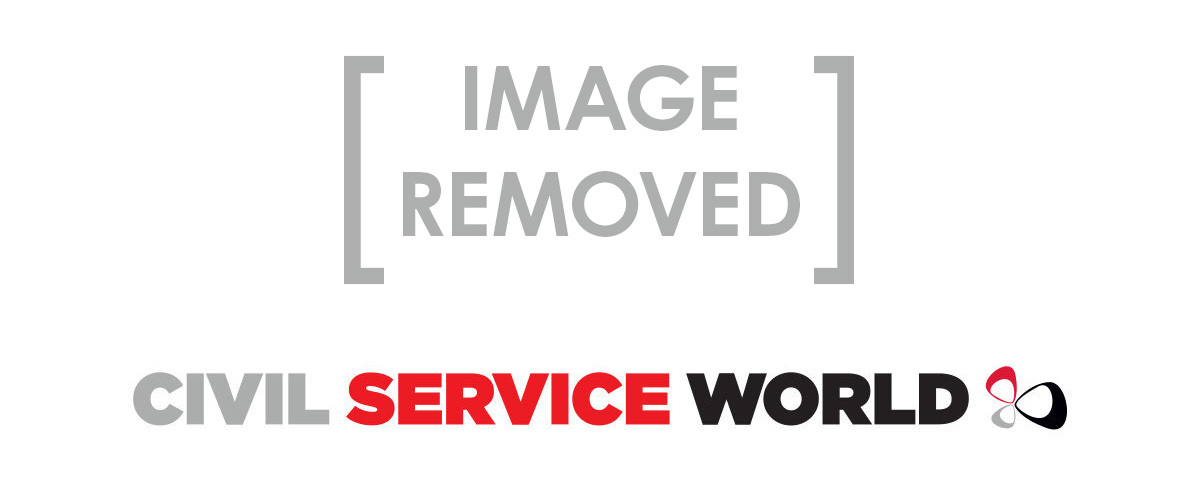The Institute for Fiscal Studies has found that there is a case for ‘targeted’ increases in public sector pay to ensure wages for civil servants and other public employees do not fall too far behind the private sector in some parts of England.
In a briefing produced today, the think-tank said that both recovering private sector pay and public sector recruitment difficulties mean there is a good case for targeted increases in public sector pay.
The IFS highlighted that although public sector hourly pay is higher in most parts of the country than the private sector, the differential is smaller now than it was before the financial crisis in 2007, which led the coalition government to impose a public sector pay restraint.
Public sector pay was frozen for two years in 2010, with annual rises from 2012 until 2018 limited to 1%.
The IFS briefing highlighted that the public sector pay cap has now been lifted, and while no department is facing a day-to-day budget cut between this year and next, it is likely that some pay increases for public sector workers will be on the way.
“Given pay review bodies are reporting recruitment and retention problems in a number of important public sector occupations, there is now a good case for increases in public sector pay, targeted at those areas facing particular difficulties.”
The targeting should be based on areas that are facing recruitment difficulties, as well as on the parts of the country that are falling behind the private sector, it recommended. According to the report, public sector hourly pay, controlling for workers’ characteristics, is lower in three parts of the country than in the private sector – the east of England, London, and the south east of England.

This could lead to particularly acute shortages and recruitment challenges in those areas, research economist Ben Zaranko warned.
“The government currently employs around 300,000 fewer people than it did in 2010, with substantial reductions in the number employed in the civil service, local government, the armed forces and the police. In contrast record numbers work in the NHS, which now makes up one third of the public sector workforce.
“At the same time, pay restraint under the coalition and Conservative governments means that public sector pay has now fallen relative to private sector and is now at its lowest level relative to the private sector since the early 2000s. In some regions and sectors this is leading to problems with recruitment and retention."
The IFS highlighted that the number of civil servants had begun to recover from its low point in 2016, driven by additional recruitment to deal with Brexit.
Depending on the nature and timing of the UK’s departure from the European Union, this trend may continue over the coming years,” the report concludes. “At the very least, with chancellor Sajid Javid declaring that we have “turned the page on austerity” and announcing in the September Spending Round that no department will face a real cut between this year and next, we are unlikely to see any sharp reductions in the number of people employed in this area.”